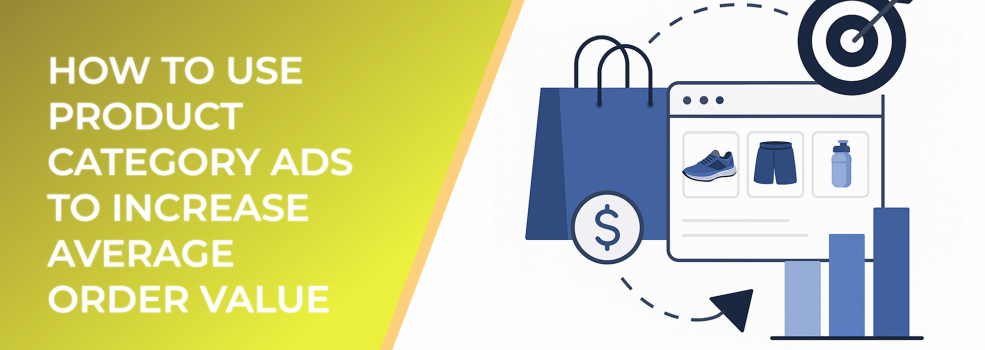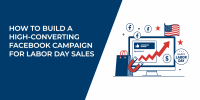Average Order Value (AOV) is one of the most crucial metrics in digital advertising. It directly impacts your revenue without increasing your customer acquisition costs. According to Statista, the global average AOV across e-commerce industries hovers around $120, but businesses that strategically upsell and cross-sell through ads often see 20–40% higher AOV.
Average order values vary significantly by industry—as of late 2024, luxury & jewelry lead (≈ $436), followed by home & furniture (≈ $253) and consumer goods (≈ $211)
Facebook and Instagram ads are not just about acquiring customers—they’re about maximizing the value of every transaction. That’s where Product Category Ads come into play.
What Are Product Category Ads?
Product Category Ads are dynamic ad formats that showcase multiple products from the same category to targeted audiences. Instead of promoting a single item, you highlight a range of products that complement each other, encouraging users to explore and add more items to their carts.
For example, a sports apparel brand can create a Product Category Ad around “Running Essentials” featuring shoes, shorts, and hydration bottles. This encourages customers to purchase a complete set rather than just one item.
Benefits of Using Product Category Ads
-
Encourage Cross-Selling
Customers shopping for one product are reminded of complementary items. A shopper looking at a sofa might also see matching coffee tables or rugs. -
Increase Basket Size
Businesses using Facebook’s dynamic product ads report up to 30% higher basket values compared to static single-product ads. -
Personalized Shopping Experience
By showing related products, you create a smoother shopping journey that feels curated to the buyer’s needs.
Strategies to Increase AOV with Product Category Ads
1. Bundle Similar Products
An example of a Product Category Ad: complementary products displayed together to encourage bundling and increase order value
Create ads that highlight product bundles. For example, instead of showing a single skincare product, promote a “Daily Skincare Routine Set.” Bundles can lift AOV by 15–20% because they encourage customers to buy more in one purchase.
2. Highlight Best-Sellers in a Category
Shoppers trust popular choices. Displaying your best-selling items in one ad builds trust and nudges them to add multiple products. According to Facebook’s internal studies, ads featuring top-selling items see 17% higher conversion rates.
3. Seasonal and Thematic Categories
Use holidays, events, or seasons to group products. For example, “Back-to-School Essentials” or “Labor Day Sale Picks.” Limited-time collections create urgency and drive larger orders.
4. Use Dynamic Retargeting
If someone viewed a category but didn’t purchase, retarget them with related items from the same category. Retargeting can increase conversion rates by up to 70%.
5. Optimize Creative Layouts
Keep visuals clean, product-focused, and easy to compare. Product grids and carousel ads work best for category-based campaigns.
Measuring Success
When running Product Category Ads, keep a close eye on:
-
Average Order Value (AOV): Compare before and after campaigns.
-
Conversion Rate: Track whether showcasing categories improves checkout completion.
-
Return on Ad Spend (ROAS): Ensure higher basket sizes also bring a healthy return.
Related Reads from LeadEnforce
If you found this guide useful, you’ll also enjoy:
Final Thoughts
Product Category Ads are a powerful way to maximize the value of each transaction. By grouping related products, highlighting best-sellers, and tailoring ads to customer intent, you can significantly increase your Average Order Value without raising ad spend. The key is to think like your customer: What else would they need once they add that first product to their cart?

